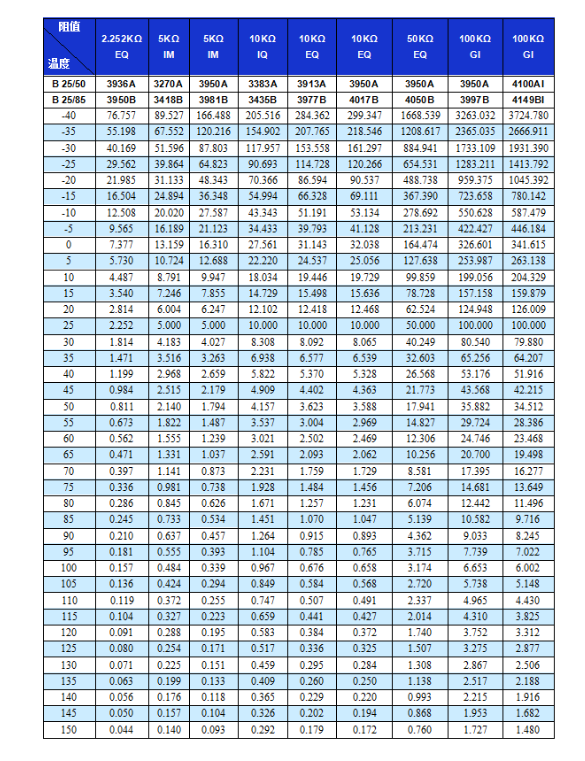1. High temperature resistant
2. Glass encapsulated thermistor
3. High temperature Teflon wire
4. Excellent stability
5.High reliability
6. Various parameters and sizes are welcome to be customized.
7. Working temperature range: -40°C~250°C
Ovens use temperature sensors to monitor and control the internal temperature. Thermocouples or thermistors are placed inside the oven cavity. They provide feedback to regulate heating elements and maintain set temperatures for baking, roasting or broiling.
Microwaves have interior temperature sensors to detect if foods have finished cooking. These sensors tell the microwave to turn off and prevent overheating. They are also used for temperature monitoring in microwave ovens with convection settings.
In high temperature industrial environments, specialized high temperature resistance sensors are used. They can withstand extremes up to 1,800°C in applications like smelting, forging and kiln monitoring. Ceramic, tungsten and platinum sensors are common choices.
Smart ovens, coffee machines and other WiFi-enabled appliances use temperature probes and sensors for remote monitoring and control from smartphones. Users can check real-time temperature status and receive alerts if thresholds are exceeded.



1. High temperature resistant
2. Glass encapsulated thermistor
3. High temperature Teflon wire
4. Excellent stability
5.High reliability
6. Various parameters and sizes are welcome to be customized.
7. Working temperature range: -40°C~250°C
Ovens use temperature sensors to monitor and control the internal temperature. Thermocouples or thermistors are placed inside the oven cavity. They provide feedback to regulate heating elements and maintain set temperatures for baking, roasting or broiling.
Microwaves have interior temperature sensors to detect if foods have finished cooking. These sensors tell the microwave to turn off and prevent overheating. They are also used for temperature monitoring in microwave ovens with convection settings.
In high temperature industrial environments, specialized high temperature resistance sensors are used. They can withstand extremes up to 1,800°C in applications like smelting, forging and kiln monitoring. Ceramic, tungsten and platinum sensors are common choices.
Smart ovens, coffee machines and other WiFi-enabled appliances use temperature probes and sensors for remote monitoring and control from smartphones. Users can check real-time temperature status and receive alerts if thresholds are exceeded.



Do you know what to do with the Smart Home temperature sensor is it?
Will you be able to tell me about the details of the office automation temperature sensor?
Where are the specific applications of Smart Home temperature sensors?
What do you think of the new energy vehicle temperature sensor?
Is there any way to ensure the safety of charging stations for new energy vehicles?
How does smart air conditioning enable precise temperature control?
Application of Smart Temperature and Humidity Sensors in Homes
JEPT INTERNATIONAL LIMITED is established in2005, which relies on the advantages of core technology and patented products......
CONTACT COMPANY
+86-769-88068888
+86-15622503218
sales@jpet.cn
243700158
Copyright © 2022 GUANGDONG JEPT TECHNOLOGY CO., LTD Technical Support : Leadong Sitemap 粤ICP备16023198号-4